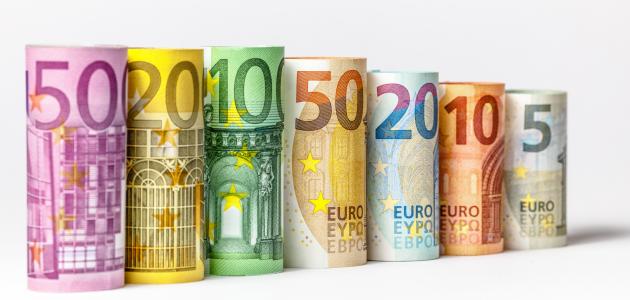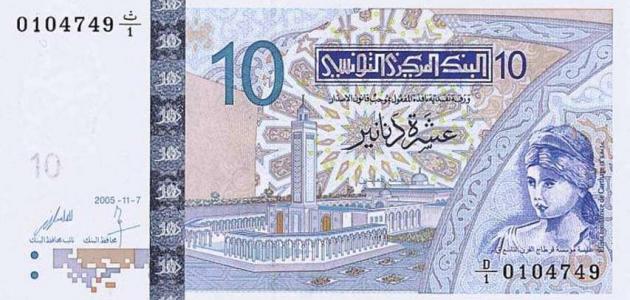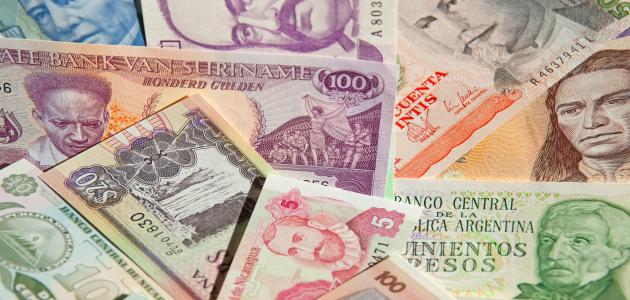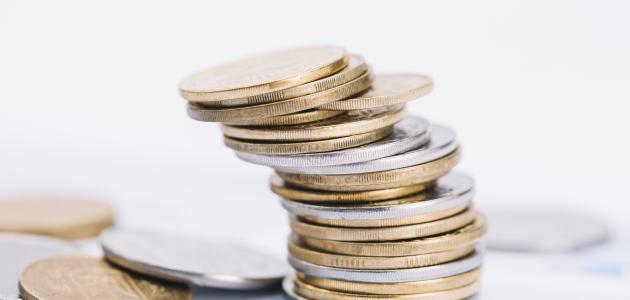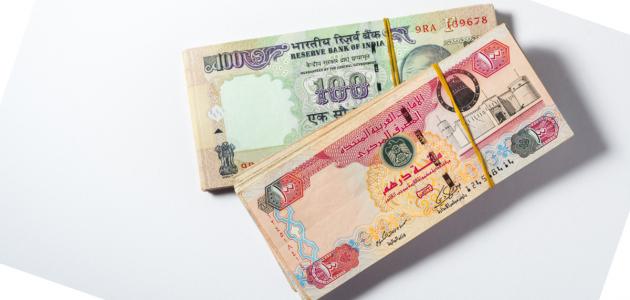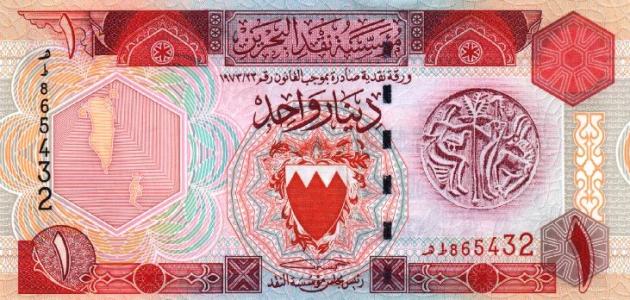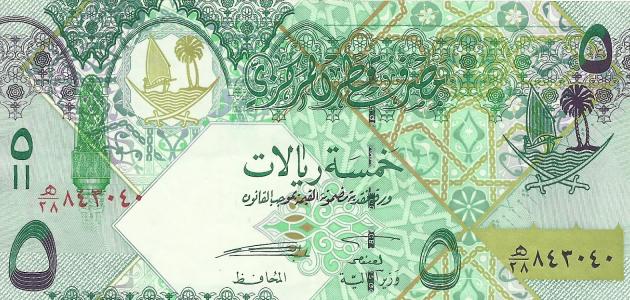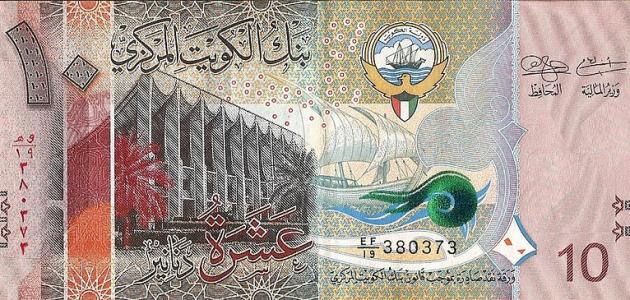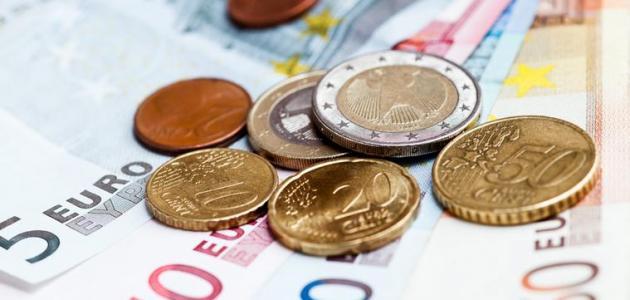The euro is the currency of the European Union
The euro currency (in English: Euro) represents the currency of the European Union, and it can be abbreviated with the symbol (€), used by about 341 million people daily, and is thus considered the second most traded currency in the world, and the official currency in circulation in 19 out of 27 member states of the European Union, Or what is known as the countries of the eurozone, and these countries are Austria, Belgium, Cyprus, Estonia, Finland, France, Germany, Greece, Ireland, Italy, Latvia, Lithuania, Luxembourg, Malta, the Netherlands, Portugal, Slovakia, Slovenia, and Spain. This currency was issued in paper denominations 5, 10, 20, 50, 100, 200, 500 euros, and in metal denominations 1 cent, 2 cents, 5 cents, 10 cents, 20 cents, 50 cents, 1 euro, 2 euros, and these coins include in their design one side A joint featuring images of the European Union or Europe, and a national side indicating the issuing country of the currency.
The history of the euro
The idea of establishing a unified currency among several European countries appeared for the first time during the seventies of the last century, and this idea remained just a suggestion until it was officially announced in the Maastricht Treaty of 1992 AD, which included the formation of the European Union and the establishment of a unified European currency, and the year 1995 witnessed the disclosure of the name The new currency (the euro), and indeed, circulation of this currency began in eleven European countries on the twenty-first of December 1998 AD, and it became a globally recognized legal tender in 2002 AD, and after February 28, 2002 AD it became the only currency circulated in 12 member states of the Union After that, several countries adopted the euro as their official currency.
Read also:What is the currency of the Portuguese Republic?Euro design
The design of the euro currency denominations includes the word “EURO”, which is inspired by the first letters of the word “Europe”, but it is not found in the Latin alphabet in all countries of the euro area, as it appears on some coins in the Greek alphabet (EYPΩ), or the Cyrillic alphabet (EBPO), As well as the abbreviation, it exists in addition to EUR in other forms according to the alphabet of the exporting country. As for the currency symbol, it is “€”, which is taken from the Greek letter Epsilon (Є), and is close to the form of the first letter of “Europe”, but two parallel lines have been added to indicate The stability and constancy of the currency, and here comes a mention of the design of the euro banknote in its various versions:
- 5 euro version: It expresses in its design the classic architectural style.
- 10 euro version: It expresses the Romanesque architectural style in its design.
- 20 euro version: It expresses the Gothic architectural style in its design.
- 50 euro version: Its design reflects the Renaissance architecture.
- 100 euro version: In its design, it expresses the Baroque and Rococo architectural style.
- 200 euro version: In its design, it expresses the architectural style of iron and glass engineering in the nineteenth century.
Euro benefits
The euro currency benefits the countries that adopt it; Small countries will enjoy the support of the economies of the major European powers (such as Germany and France), and this will also give them the advantage of low interest rates, which over time led to attracting foreign investment, and thus strengthening the economy of these small countries. In addition, the adoption of the euro in the major countries contributed to achieving greater financial profits, as its companies became able to produce more goods at a lower cost, gain a greater competitive advantage, and promote the export of cheap goods and merchandise to the less developed countries of the euro area, and it also made it easier for these companies to invest In countries with small economies, which led to an increase in wages in these countries.
Read also:What is the currency of Chile?Other currencies used in the European Union
The following is a mention of currencies other than the euro used in the European Union:
- Sterling pound: Pound Sterling is the official currency circulating in modern Britain, and it is considered the oldest currency still in use, and it ranks fourth in the list of the most traded currencies in the world, and the authority responsible for issuing and managing this currency is the Bank of England.
- Danish krone: (Danish Krone), meaning the Danish crown, and it is the official currency circulating in the state of Denmark, and it also represents the official currency in Greenland and the Faroe Islands. The earliest form of the Danish krone dates back to 1619 AD, and many reforms were made to it to appear as it is today.
- Swiss franc: (Swiss Franc), and it can be abbreviated by the symbol (CHF), and it is the official currency circulating in Switzerland since May of 1850 AD, and this currency is also used as legal tender in the Principality of Liechtenstein.
- Swedish Krona: (Swedish Krona), and it can be abbreviated to the symbol (SEK), which is the official currency in circulation in the state of Sweden, and one Swedish krona consists of one hundred divisions of a smaller monetary sub-denomination called the eri (öre).
Authorities responsible for issuing the euro
The following is a mention of the entities responsible for issuing the euro:
- European Central Bank: The European Central Bank (ECB) is tasked with issuing the euro, controlling the money supply and inflation, managing the eurozone's foreign currency reserves, balancing exchange rates, ensuring the payment systems are working well, and ensuring the integrity of the European banking system, and the submission of permits for the production of euro banknotes by the eurozone countries.
- European Commission: (European Commission), this institution is entrusted with the tasks of protecting the interests of European Union countries and its citizens in issues that cannot be dealt with effectively at the national level, managing European Union policies, setting spending priorities in cooperation with the Council and Parliament, in addition to setting annual budgets, and supervising the way Spending money, ensuring the application of European Union law, and representing this Union at the international level.
joining the eurozone
All member states of the European Union seek to adopt the euro as their official currency, and to join the eurozone. The joining country is to work successfully in the single market, make changes to national laws and rules, achieve the independence of national central banks, and entrust the Council of the European Union with the task of making the final decision on the accession of an EU country to the eurozone.
Read also:Arab countries currencies